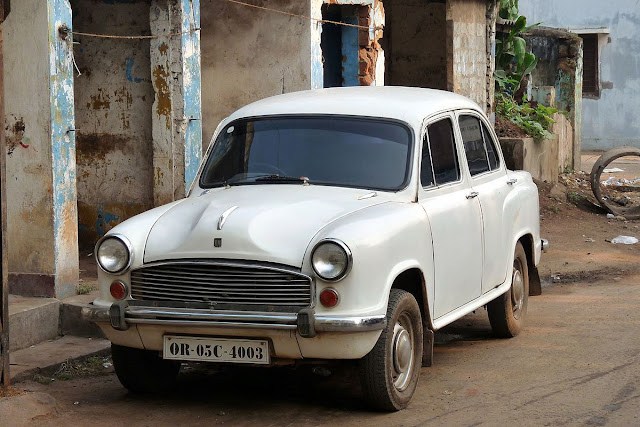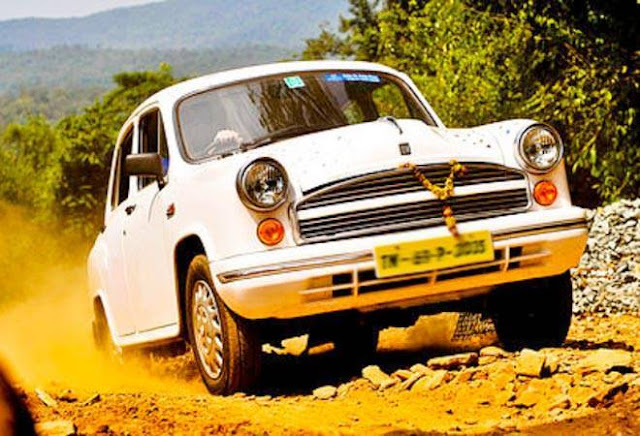The Legendary Hindustan Motors Ambassador was an
automobile manufactured by Hindustan Motors of India at its Uttarpara plant near Kolkata, West Bengal. It was in production for a large duration of 56 years from
1958 to 2014 with minimal improvements and changes. The Hindustan Motors Ambassador was based on the design of Morris Oxford series III model, manufactured by Morris Motors Limited at Cowley, Oxford in the United Kingdom
from 1956 to 1959.
On 11 February 2017, Hindustan Motors had sold Ambassador brand, including the trademarks for Rs 80 crore to PSA Group. They have a tie-up for two joint
venture agreements.
Despite its British origin, the Hindustan Motors Ambassador is
considered as a definitive Indian car and is entitled as the "King of
Indian roads".
Design and development
The Hindustan Motors Ambassador was based on the design of Morris Oxford
Series - III, manufactured by Morris, which was a part of British Motor
Corporation. In 1956 Morris Motors sold the rights and tooling to Hindustan Motors. It
had even done this for its previous Series-I and Series-II models which were sold by
Hindustan Motors as Hindustan 10 and Landmaster. The Oxford Series-III model itself
was a developed from the Morris Oxford Series-II model which was developed
before the Austin Motors and Morris Motors have merged. This car was quite spacious due to its
semi-monocoque design which was a remarkable advancement in vehicle
engineering. This car was designed by Alec Issigonis who have also designed the
famous Mini and Morris Minor.
Production years
The Hindustan Motors Ambassador was one of only a handful couple of autos that were underway after the 1954 government approach of advancing astute Automobile industry. It was a market dominator for its roomy size contrasted with its opponents like Premier Padmini and Standard 10. Be that as it may, from mid-80's it seen the start of defeat of its predominance when Maruti Suzuki has presented its current composed and low-estimated Maruti 800 hatchback. In the mid-1990s, the Hindustan Motors Ambassador lost further predominance and piece of the overall industry when automakers around the globe started setting up shops in India, and offered models with contemporary plans and innovation. The Hindustan Motors Ambassador has stayed as the decision of a lessening offer of civil servants and government officials, and as taxi. It is still being used as a taxi in some Indian urban communities.
Evolution
The Hindustan Motors Ambassador has been in continuous production since its launch, with very few improvements. Hindustan Motors shifted its assembly plant in 1948 from Port Okha in Gujarat to Uttarpara plant in West Bengal and increased its manufacturing capacity. 3 years after the Morris Oxford Series-II was launch in England, it was licence-built at Uttarpara, as the 1957 Hindustan Motors Landmaster. Hindustan Motors was the only manufacturing facility in the world to manufacture the parts for Bedford trucks. A year after BS IV emission standards were rolled out in 11 Indian cities, sale of Hindustan Motors Ambassador taxis has been banned. However, Hindustan Motors have started to fit the cars with a new, smoothened diesel engine, to follow the new emission norms; and has been able to resume taxi service in cities in which it was banned. The Hindustan Motors Ambassador is still a familiar sight on India's roads.







No comments:
Post a Comment